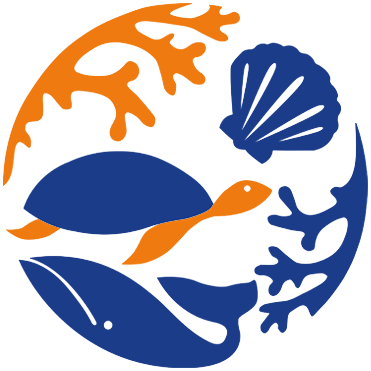Pycnogonida |
Pantopoda |
Ammotheidae
Environment: milieu / climate zone / depth range / distribution range
Ecology
Benthic. Tropical
Western Central Pacific: Philippines and Indonesia.
Length at first maturity / Size / Weight / Age
Maturity: Lm ? range ? - ? cm Max length : 1.0 cm LS male/unsexed; (Ref. 6)
Size: small, leg span 10 mm. Trunk: fully segmented, without median tubercles or spines. Lateral processes: Without setae or spines. Ocular tubercle: Tall, slender; swollen at tip with large darkly pigmented eyes. Tubercle: 4.5 times longer than its diameter. Abdomen: erect, longer than ocular tubercle, with median bend, with median and distal fields of short tubular spines each only longer than segment diameter, and several shorter pointed spines. Proboscis: typical for genus, medially swollen to twice lip diameter, without proximal or distal suture lines. Chelifores: robust, long, 0.9 mm. Scape: first segment 0.7 as long as second, with short tubular spines and longer distally pointed spines. First segment: with single dorsodistal tubular spine. Second segment: with 5 or 6 dorsal and lateral tubular spines and 4 distal longer pointed spines. Tubular spines: longer than segment diameter. Chelae: inverted in distal cup, bulbous, with tiny papilla representing vestigial finger, armed with distal seta. Palp: slender, with few short setae, distally with fringe of ventral and lateral setae, some slightly longer than segment diameters. Male oviger: segments two and four subequal, fifth slightly shorter than fourth, both with few lateral setae. Strigilis: segments shorter distally, sixth with four lateral setae, seventh with three longer ectal setae, the longest twice segment diameter, eighth with two ectal setae and two endal denticulate spines, ninth with one ectal seta and one endal denticulate spines, tenth a bud with two distal denticulate spines. Denticulate spines with at least five serrations per side. Legs: long, slender, armed with scattered tubular spines slightly shorter than segment diameters and longer pointed spines laterally and dorsally. First tibia the longest segment with femur and second tibia each slightly shorter. Dorsodistal cement gland tube robust, thick walled, slightly longer than femoral diameter. Tarsus: short, quadrangular, with one ventrodistal spine, several short setae. Propodus: robust, curved, with several lateral and dorsal spines, distal. Sole: with seven or eight short spines, heel with four stout spines, proximal one smaller than others. Claw: robust, well curved, half propodal length, auxiliaries slender, almost 0.9 as long as main claw (Ref. 6).
Life cycle and mating behavior
Maturity | Reproduction | Spawning | Eggs | Fecundity | Larvae
Members of the class Pycnogonida are gonochoric and sexually dimorphic. During copulation, male usually suspends itself beneath the female. Fertilization occurs as the eggs leave the female's ovigers. Males brood the egg masses until they hatch. Life cycle: Eggs hatch into protonymphon larva then to adults.
Child, C.A. 1988 Pycnogonida of the Western Pacific Islands, III: Recent Smithsonian-Philippine Expeditions. Smithsonian Contribution to Zoology No. 468. Smithsonian Instition Press. Washington, DC. 32 p. + Figure 1 -3. (Ref. 6)
IUCN Red List Status
(Ref. 130435: Version 2025-1)
CITES status (Ref. 108899)
Not Evaluated
Not Evaluated
Threat to humans
Human uses
| FishSource |
Tools
More information
Trophic EcologyFood items (preys)
Diet composition
Food consumption
Predators
Population dynamicsGrowth
Max. ages / sizes
Length-weight rel.
Length-length rel.
Length-frequencies
Mass conversion
Abundance
Life cycleReproductionMaturityFecunditySpawningEggsEgg developmentLarvae PhysiologyOxygen consumption
Human RelatedStamps, coins, misc.
Internet sources
Estimates based on models
Fishing Vulnerability
Low vulnerability (10 of 100).
Price category
Unknown.


